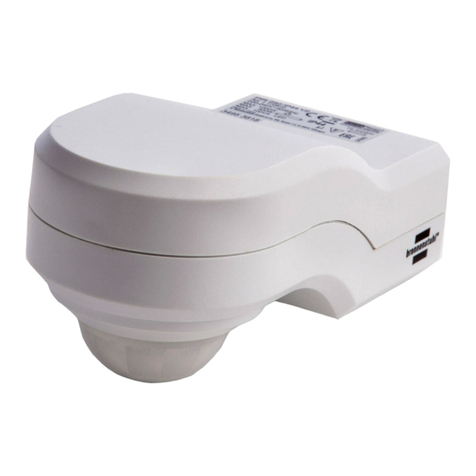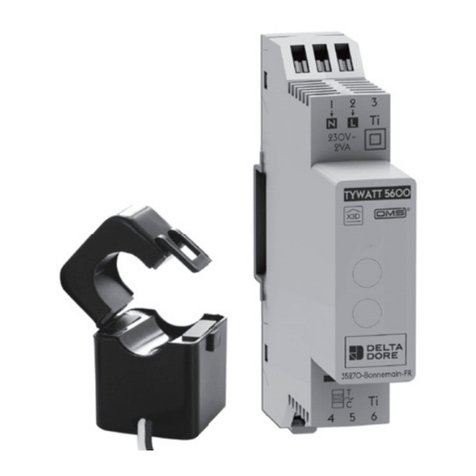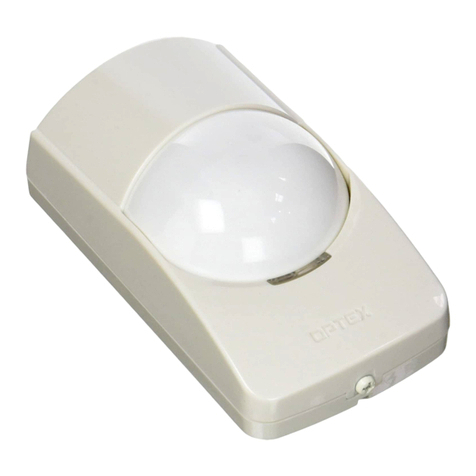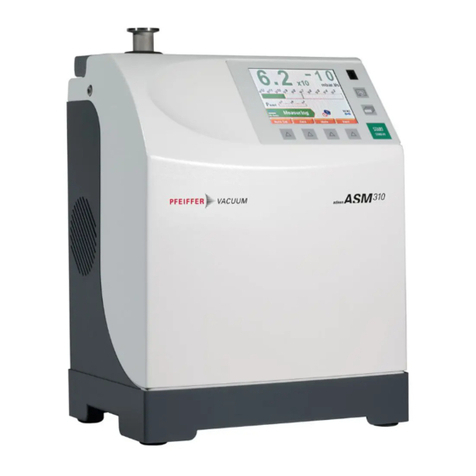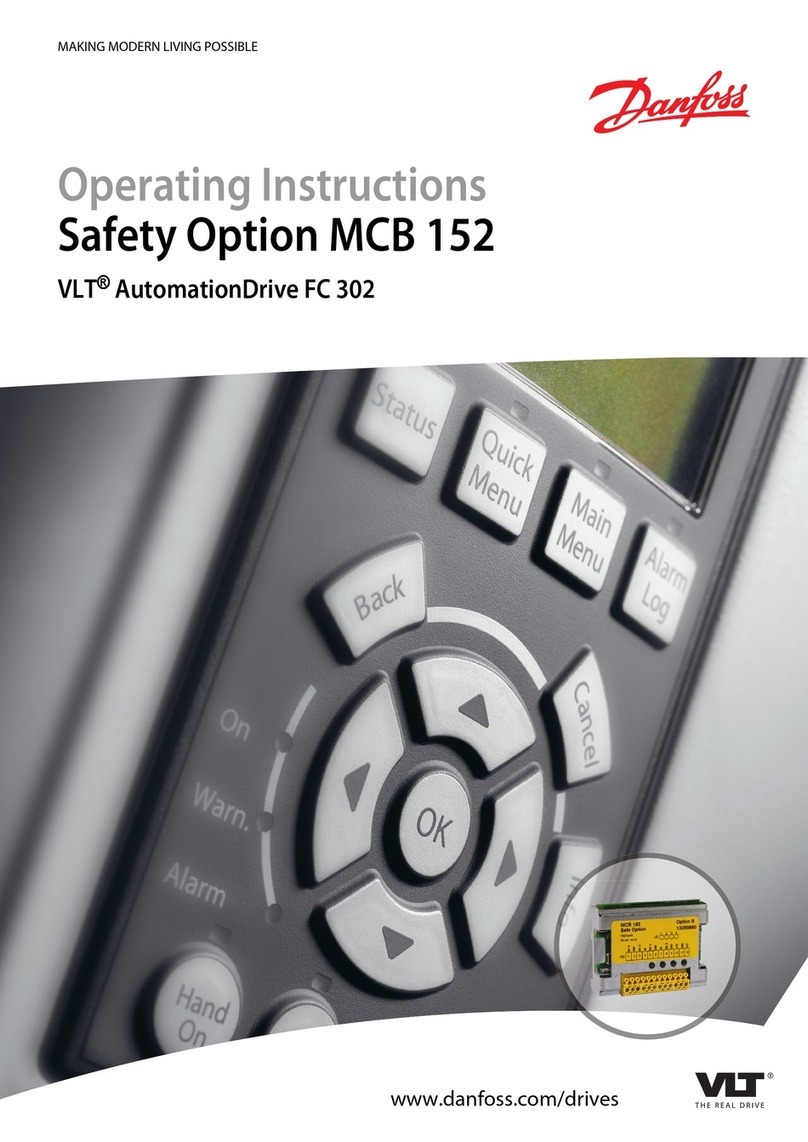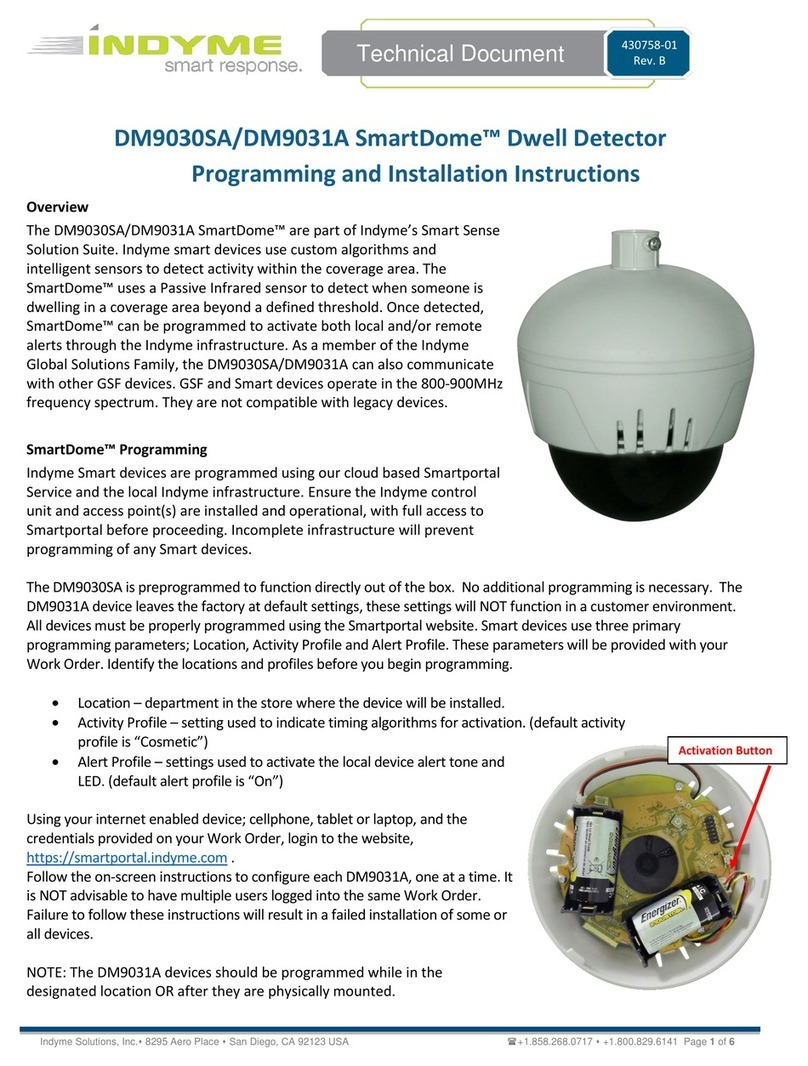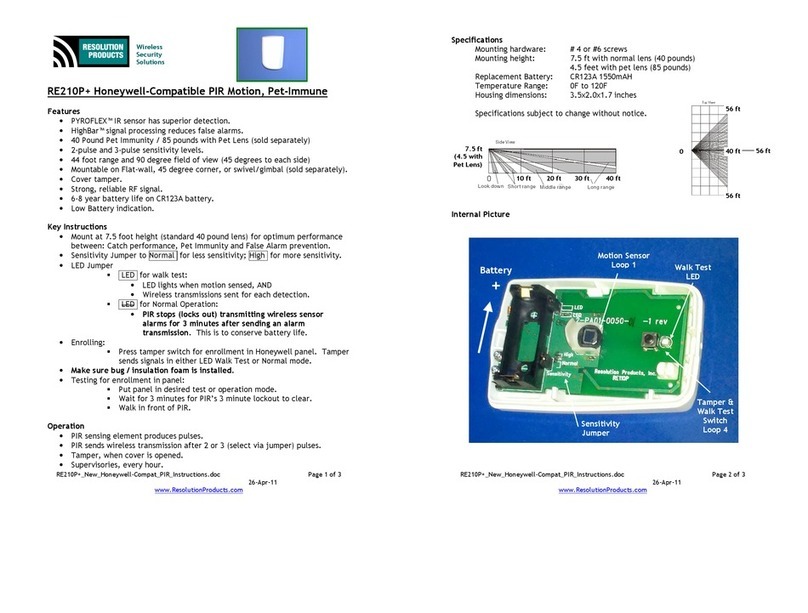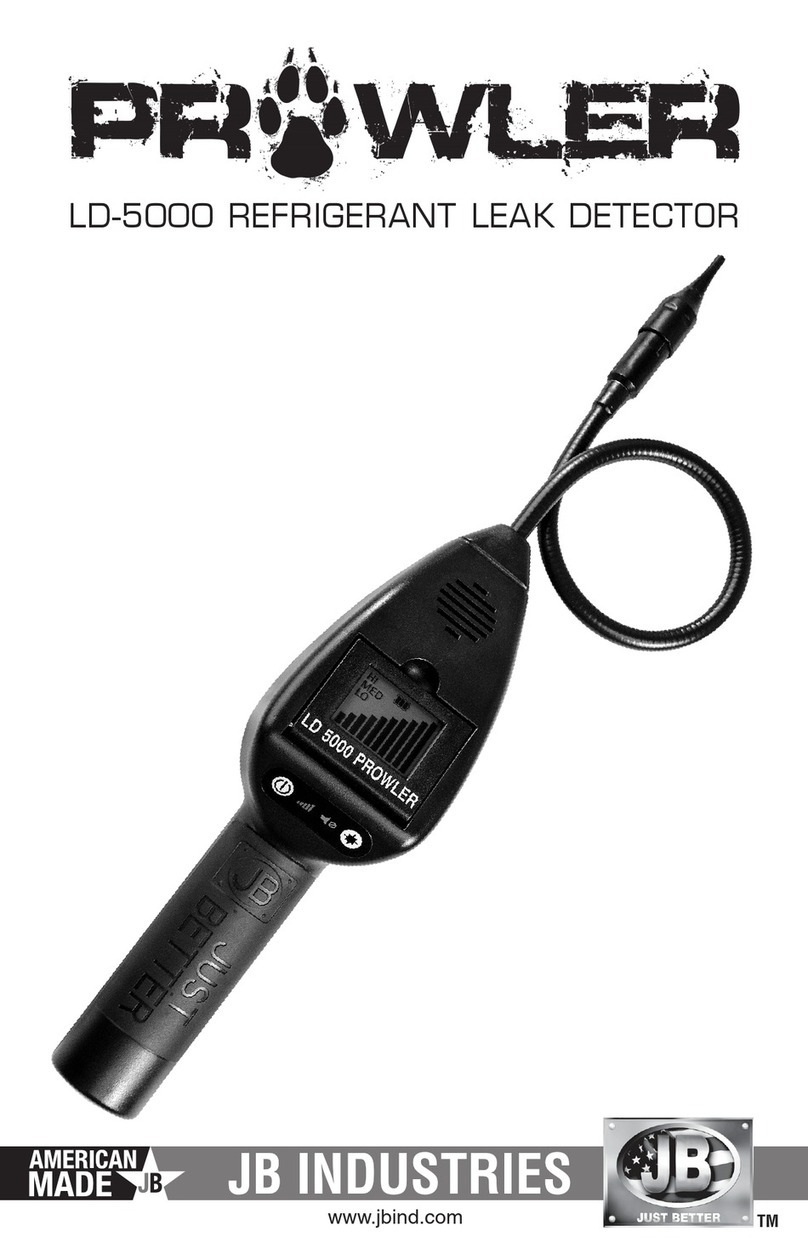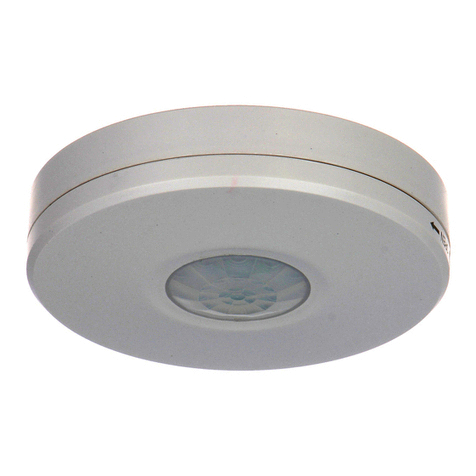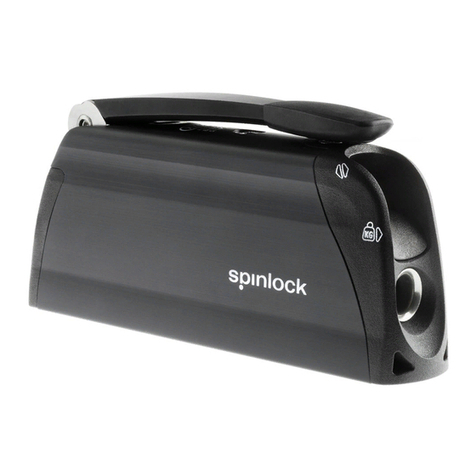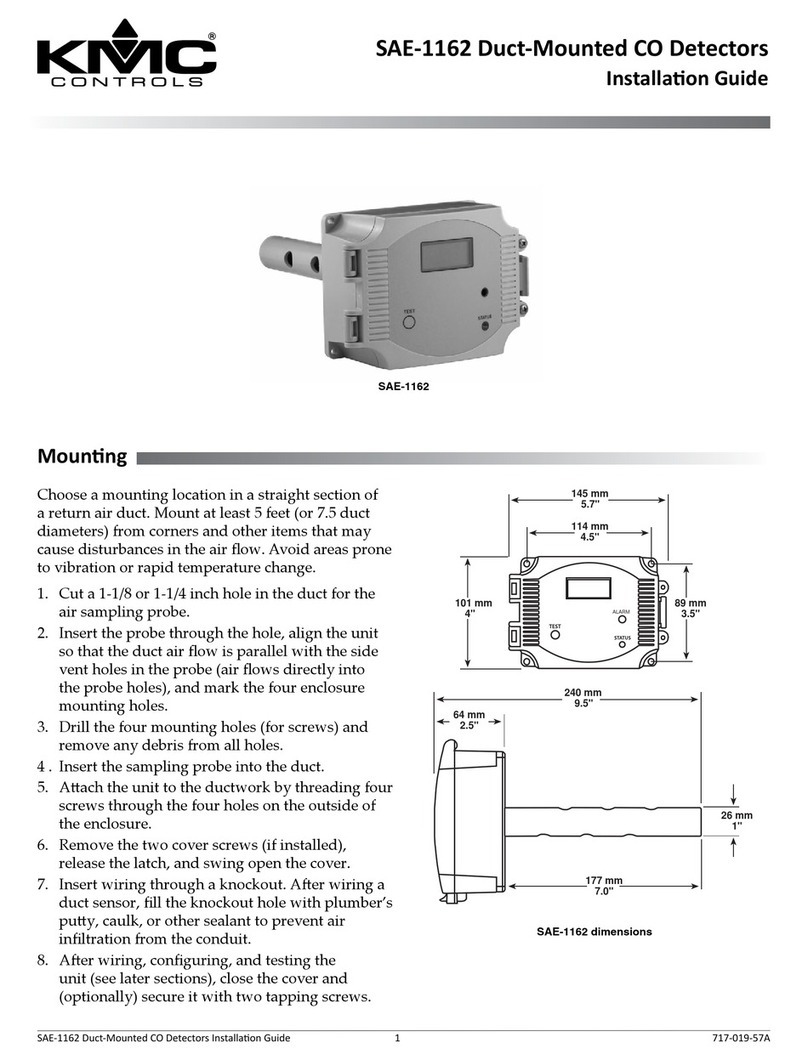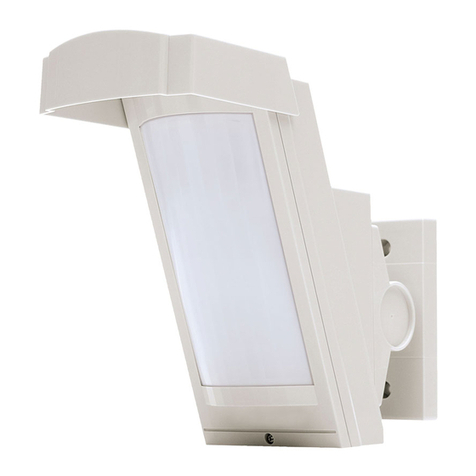
Victoreen 8000
Operators Manual
2-6
The NERO mAx display is divided into 5 columns, each column corresponds to the push button (softkey)
directly beneath it. The left most column is the “MODE” column that is used to select the NERO mAx’s
operating mode. The remaining four columns (1 through 4) display various options for each mode.
A highlight (reverse video block) denotes the selected menu element in each column. A blinking highlight
(reverse video block) locates the “active” menu column and highlights the selected menu element in that
column.
Legends, which describe the function of each softkey, appear along the bottom of the display. These
legends are separated from the rest of the display by a horizontal line. The time and date may be
displayed in the upper right corner of the display.
There are eight push buttons on the front panel of the NERO mAx. The five buttons directly beneath the
display are “softkeys”, their functions change according to the NERO mAx’s mode of operation. These
softkeys are used to select the NERO mAx’s mode of operation and various options within each mode.
These softkeys are also used to increment numerical values such as time or date. The “MODE” softkey
has two functions. First, it may be used to select the NERO mAx’s operating mode. Second, it may be
used to exit from any active measurement mode.
The “UP” and “DOWN” keys to the right of the display are also used to select the NERO mAx’s mode of
operation and various options within each mode. The “UP” and “DOWN” buttons move the highlight up
and down within each selected column to select various options. When the “UP” button is pressed, the
highlight moves up one menu element and wraps around when it reaches the top of the column and
returns to the bottom. When the “DOWN” button is pressed, the highlight moves down one menu element
and wraps around when it reaches the bottom. If only two options are available, the highlight toggles
between the two selections. In the calibration and setup modes, the “UP” and “DOWN” buttons are used
to toggle between options or to increment and decrement numeric values.
The “ENTER” button to the right of the display is used to initiate data acquisition and measurement with
options that have been selected. It also is used to accept numeric data in situations requiring data entry.
Each of the NERO mAx’s operating modes has a menu. All available menu options for each mode are
displayed in columns 1 through 4 above each softkey. All menus are left justified. This means that
changes made in columns on the left (such as the MODE column) may affect the columns of options to
the right. Softkey legends appear along the bottom of the display and as the menu options change, the
softkey legends change. The left most menu column is the ‘mode’ column, which displays the available
operating modes. The legend above the “MODE” softkey never changes, as this key always selects the
mode of operation of the NERO mAx.
Pressing the softkey under any column (MODE, 1 - 4) moves the blinking highlight into that menu column,
thereby selecting that column, and moves the highlight up through the available options. The highlight
wraps around when it reaches the top of the column and returns to the bottom. If only two options are
available, the highlight toggles between the two selections. In the calibration and setup modes, some of
the softkeys are used to toggle between options or to increment numeric values.
To make a measurement with the NERO mAx, simply highlight the desired measurement mode and
options and press the enter button. For more information on a specific measurement mode, see the
manual section that applies to that mode or x-ray generator type.
All of the NERO mAx’s operating modes are described in "Modes of Operation", following "Quick Start".
2.3.1 LCD Backlight Control
As a power saving feature, the NERO mAx LCD backlight turns off after one minute of no activity. The
backlight turns back on when any button is pressed. When the NERO mAx backlight turns off while
exposure results are being displayed, the backlight may be restored without affecting the displayed
exposure results by pressing any key except the MODE key. Pressing the mode key exits from the active
measurement mode and returns to the menu screen, erasing all exposure data.





















